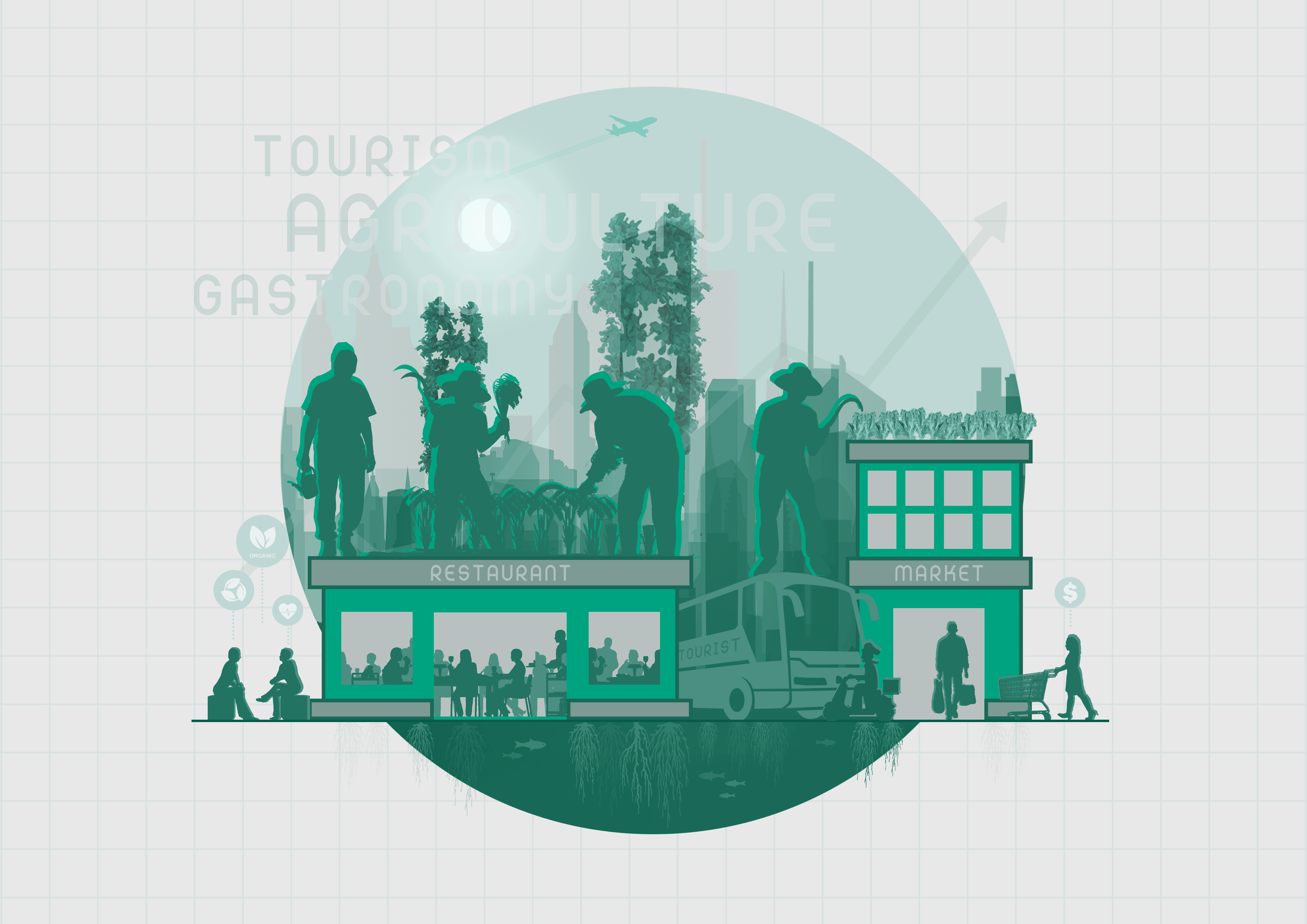
Global Context
With the end of wars and the beginning of a peaceful world, our life are getting better with the advancement of technology. People started to look for a better quality of life, changed in their food consumption behavior. In this context, people are demanding better quality of food in all form whereas the consumption of food is no longer just for the purpose of surviving, but becoming a form of enjoyment.
The world population today is about 7.8 billion and it is still increasing at the moment, and is expected to achieve around 9 to 10 billion in the year of 2050. As for Malaysia today, our population is about 32 million, which is estimated to achieve 40 million in year 2050. With the increment of world population, what comes together is the increment in global food demand. Dr. Ernst can dan Ende, the Head of Plant Science Department in Wageningen University once mentioned in a discovery video: “If we change nothing and keep on consuming the way we are doing and if we don’t optimize the way we produce our food, then for the next forty years, we will need to produce as much food as we did over the past 8000 years.”
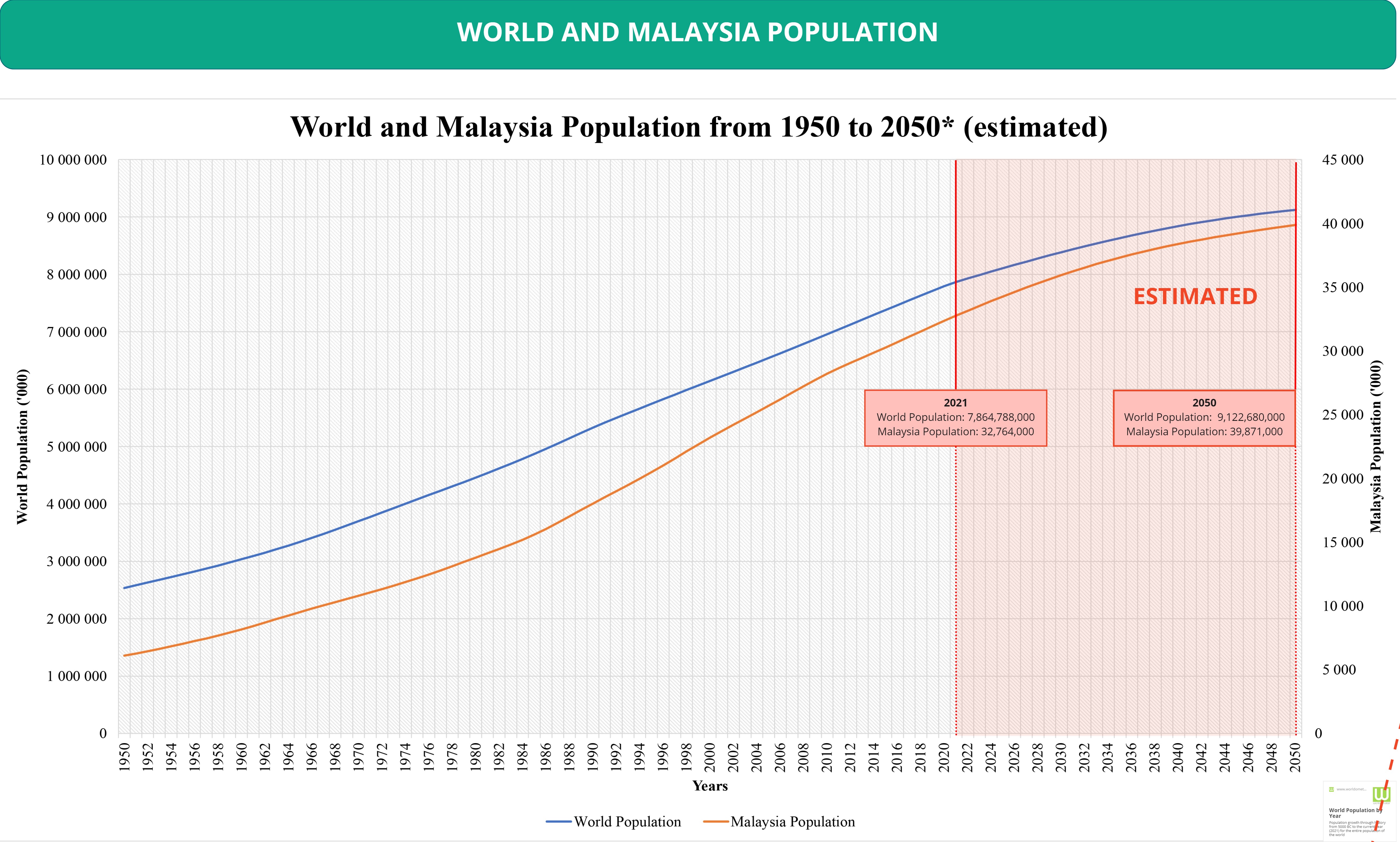
Data source: United Nations, Department of Economic and Social Affairs, Population Division (2019). World Population Prospects 2019, Online Edition. Rev. 1.
Besides the issue of increment in global food demand, it is also estimated that in the year 2050, there will be 2/3 of the world population who will be living in the city, meaning that there will be less people living in rural area, indirectly means less farm, less farmer, less involvement of people in agriculture field and less agriculture in the future. Nevertheless, food demand is still increasing without any doubt, and more food production will be needed from agriculture. Looking into this situation, people have to be alert that in future, we will need to generate more food with fewer farmer. In order to achieve that, we have 2 choices, either to exploit more land for agriculture, or increase the efficiency of our food production, either by improving current methods or looking for new ways. However, looking at the climate crisis that we faced today, exploiting more land will definitely be the worst choice as it will destroy the ecosystem, therefore, the best solution is to increase the efficiency of food production in agriculture.
Furthermore, when there are more population living in the city area, with less rural farm, this means that fewer farm will need to supply their agriculture product to all over the city area, where longer transport supply chain will be created. Longer transport supply chain will then contribute to the emission of green house gases, which later threatens the global climate. Therefore, climate is also one of the issues that agriculture in the future should look into. In addition, the current unsustainable long supply chain of agriculture products not only threatening our environments, it also not taking care of the farmer’s welfare. With current unsustainable long supply chain that delivers agriculture products from the farm to the market and then sell it to the consumers, where everything is done by a middleman, this supply chain completely cut off the possible social connection in between the farmers and his consumers, where farmers are just like a slave of the middleman, producing products for them to sell to the consumers.
Kluang Context
Kluang – the town where my project site is located, is an agriculture-based town, a coffee town with a lots of heritage buildings, especially shophouses, is having the potential to become a tourism town. However, even though Kluang is an agriculture-based town, when we look around the Kluang town itself, we can hardly see any agriculture related activity within the town as the farms are located farm away from the town. I would say people in the town are having less exposure to agriculture field. Besides, Kluang’s agriculture today is more focused on the massive plantation of oil palm, to be exported and generate massive income to them, yet they are neglecting the plantation of vegetables and fruits that the locals really need, as according to Geoffrey Kevin Pakiam in “Agriculture in Johor: What’s Left”, he mentioned that most Malaysia’s fruits and vegetables are imported from other countries.
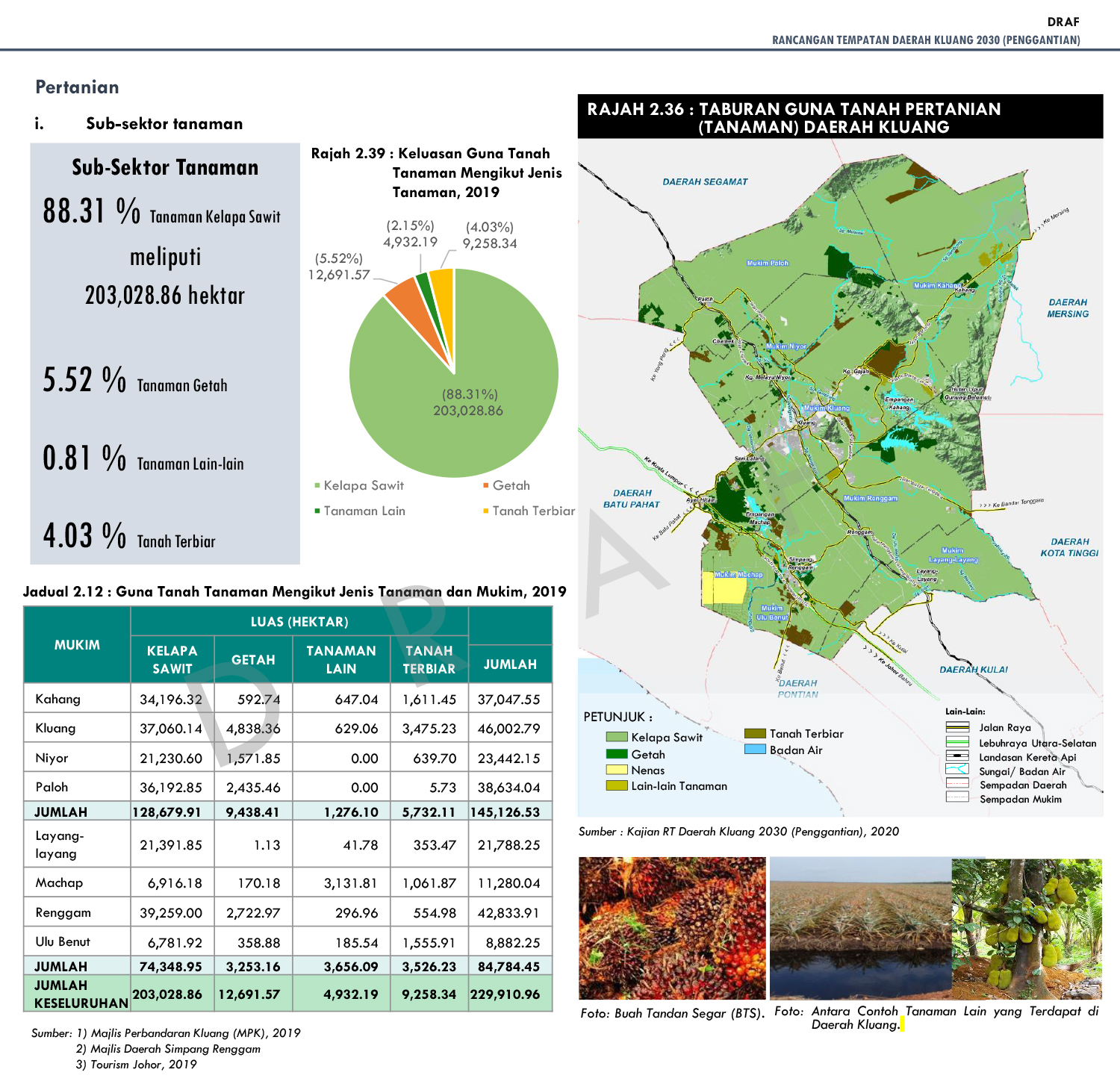
Source: 01 DRAF RT DAERAH KLUANG 2030_JILID 1
Next, if we look into the market in Kluang, especially the stalls that sell vegetables, we can actually see they are selling the vegetables by putting the basket of vegetables directly on the ground or road, which can be said as unsanitary. Nevertheless, one good thing that can be found in Kluang town is the people are actually looking forward for organic food as there are quite a number of organic shops located in the town area, such as Zenxin Organic Food Store, Ho Chun Organic Food Store and so on. One last thing about Kluang town is the lack of greenery over the town, which makes less natural shading throughout the area, contributing to its hot climate that unfavour the pedestrians.
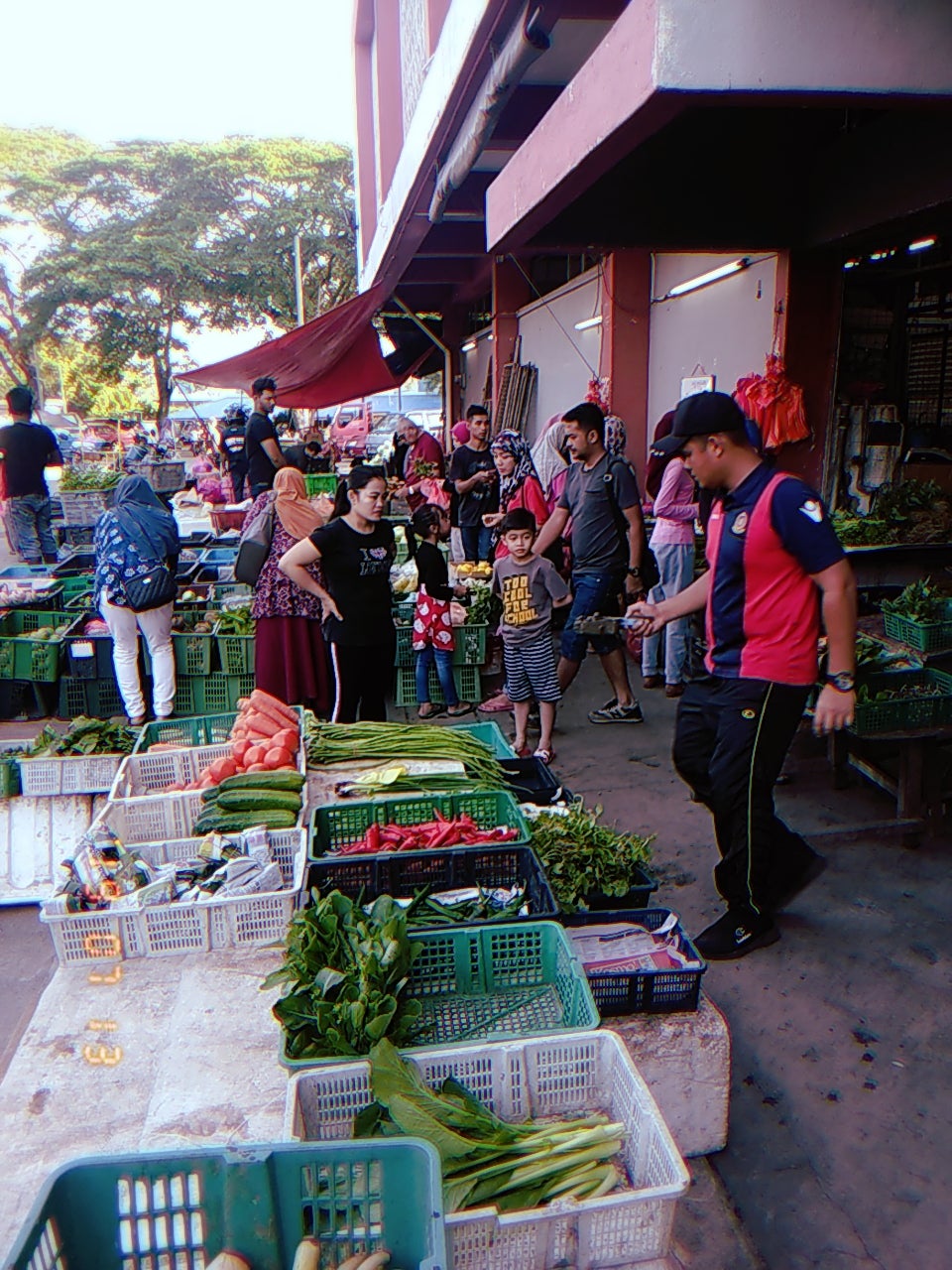
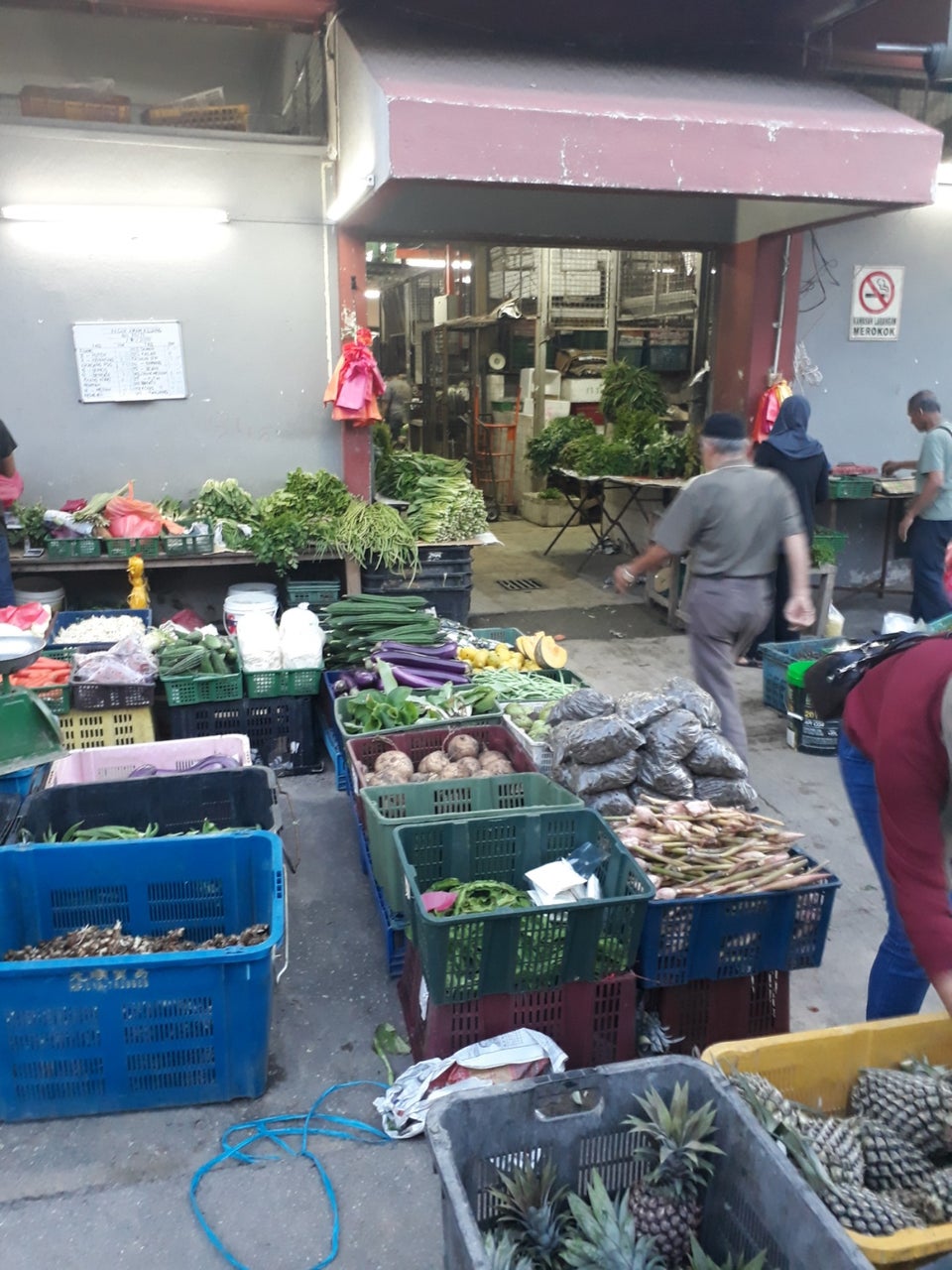
Future of Agriculture in Kluang
Owing to all the issues above, Kluang town as an agriculture-based town and one of the major agriculture town in Malaysia, a call have been made for Kluang to become the initiator in raising the public awareness on the food crisis that the world might face in the future, as well as promoting the habit of consuming organic food which is much healthy and sustainable to the environments and lastly involving more younger generation into the production and development of agriculture as to secure our future food supply, thus promoting agriculture in Kluang town and slowly to the town in whole Malaysia by establishing a Kluang F&B Creative Hub, where it is a building that combines the field of agriculture, tourism and gastronomy, equip with variety programs that embrace “farm-to-table” concept. “Farm-to-table” is a concept that can be interpreted as bringing food from farm to our table. it is an idea to cutting off the long supply chain that we are having today, which has potential danger to health and environments. This is because food produced nowadays are designed to be able to delivered from place to place and not focused on the quality and nutrition of the food. The process of delivering food from place to place also commit to environment pollution, including the carbon footprint from logistic, as well as the rotten of food on the way of delivery. The programs available in the building including urban farming (the main program), market, restaurant, event as well as logistic as to fit with the current trend of gig economy, where the target user include the local society and tourist.

In the urban farm, emerging technology in agriculture field will be utilized, especially the vertical farming. Vertical farming is a farming method that stacks the plantation just like a bookshelf. In vertical farming, various techniques are used to cultivate the plants, including hydroponics, aquaponics and aeroponics where these methods increases productivity with lower inputs, by using a smaller land to produce the same yield, also consume less water and produce less waste compared to the conventional farming method.
In the market, yields from the urban farm can be directly sell to consumers. Besides, the market will be equipped with a flexible platform that allows farmers to come to the building at a certain time over a period to sell their agriculture products directly to the consumers without handing over a middleman. This allow social connections in between farmer and consumers, allows transmission of knowledge in agriculture field, attracting society involvement in agriculture, raising their awareness on current issues in agriculture. Event will be something that integrated with market, where the flexible space also can be utilized for any basic workshop, talks giving and so on the expose and educate the society on agriculture.
In the restaurant, ingredients used will be directly obtained from the farm, being cooked and served to the consumers, achieving “farm-to-table”. The intention here is to allow the consumers to always take note on the quality and source of the food that they are consuming, promoting organic food, as well as to build social connection within consumers, chefs and farmers where credits will be given to the farmer while serving the foods. This gives honor and great values to the farmers, allows farmers to feel the joy of consumers consuming their food, take care of their welfare and also allows strong relationship between farm, restaurant and consumer to sustain the efficient and environmental mode of business.
As for logistics, it would be just as simple as sending the agriculture products directly from the building to the society all over the town, providing more conveniences to the consumers to order for agriculture products online. That’s all my sharing on the design idea on my coming studio projects, also a reference for me while doing the studio. Best luck for me, and thank you for reading. 😀

Leave a Reply